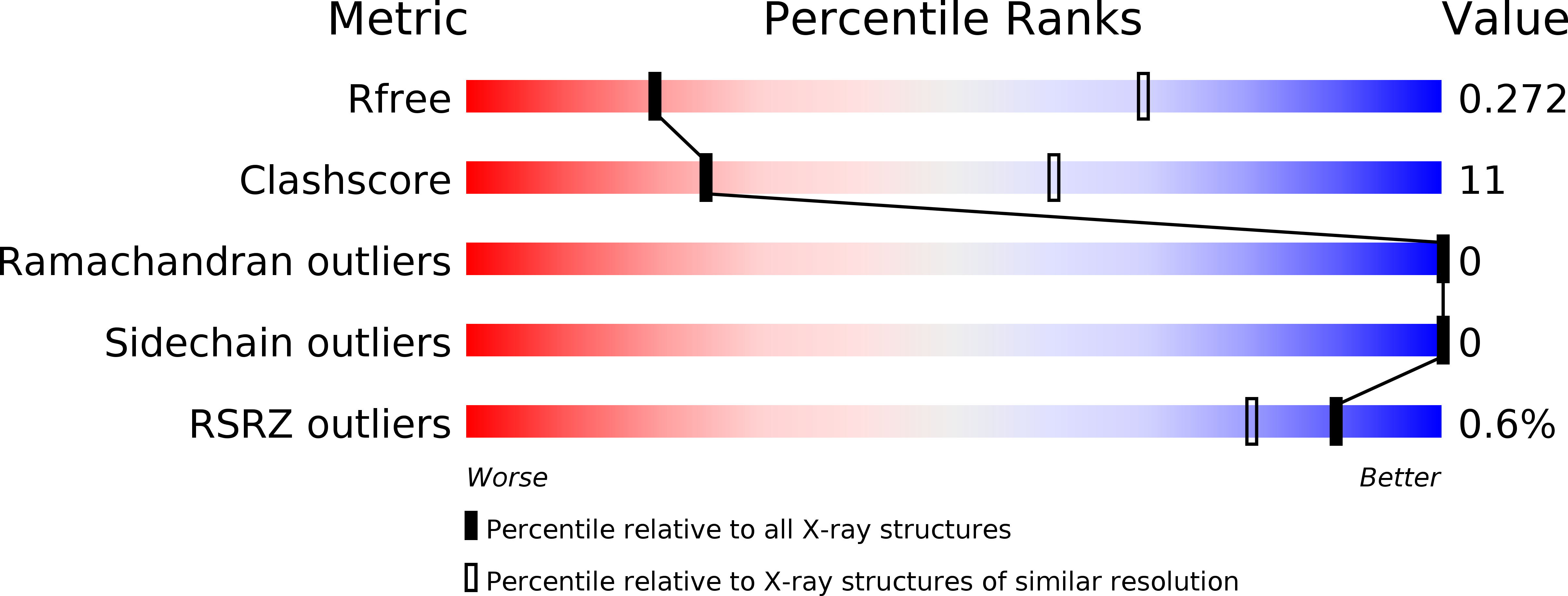
Deposition Date
2019-05-27
Release Date
2020-06-17
Last Version Date
2023-10-11
Entry Detail
PDB ID:
6P4F
Keywords:
Title:
Crystal structure of the XPB-Bax1-forked DNA ternary complex
Biological Source:
Source Organism:
Sulfurisphaera tokodaii (strain DSM 16993 / JCM 10545 / NBRC 100140 / 7) (Taxon ID: 273063)
synthetic construct (Taxon ID: 32630)
synthetic construct (Taxon ID: 32630)
Host Organism:
Method Details:
Experimental Method:
Resolution:
3.55 Å
R-Value Free:
0.27
R-Value Work:
0.25
R-Value Observed:
0.25
Space Group:
C 1 2 1


